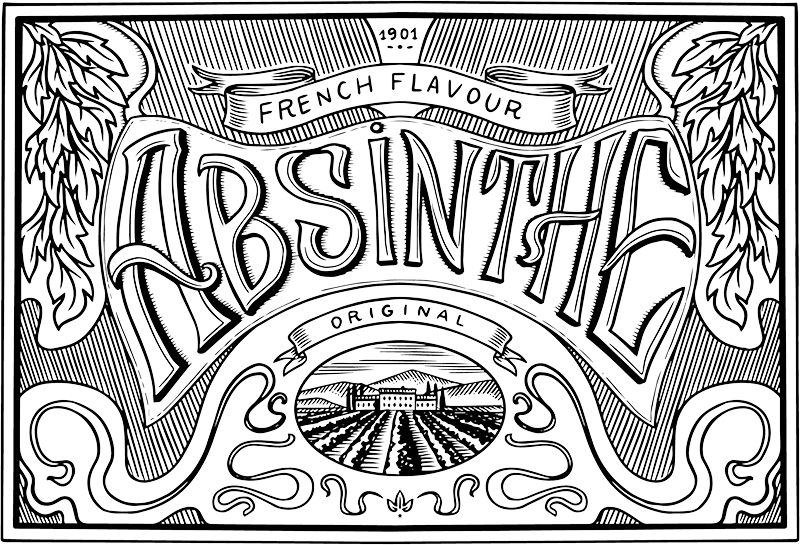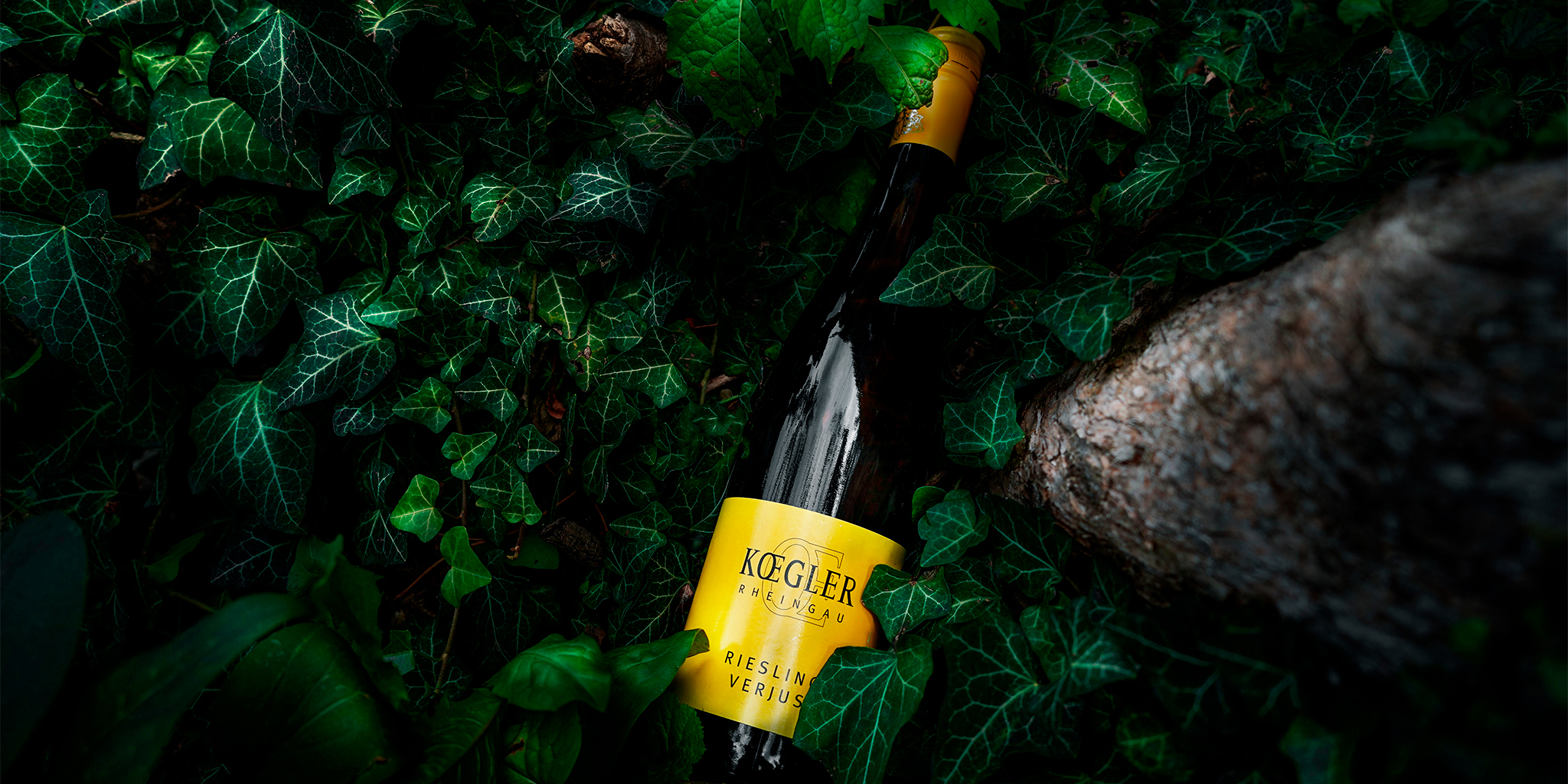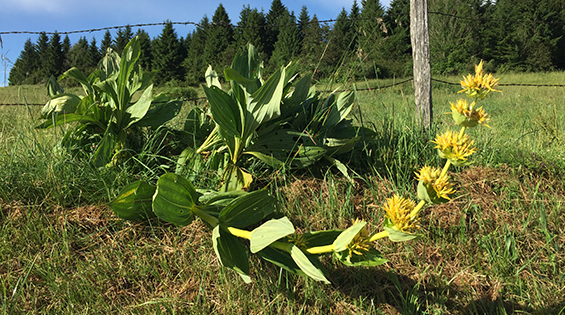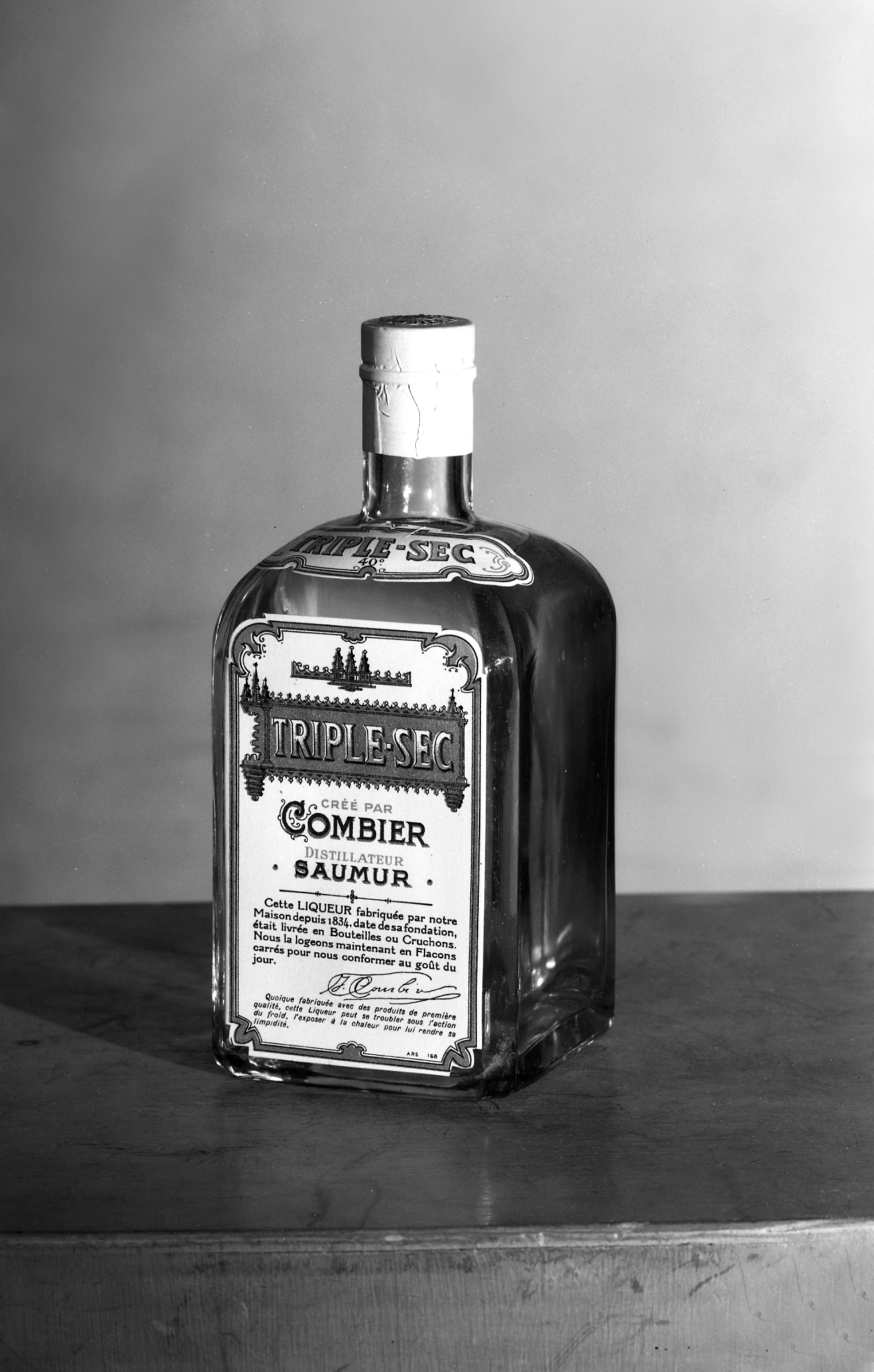What actually is maceration?

Having already dealt intensively with yeast and fermentation, today we would like to take a closer look at the second alternative for making spirits.
Maceration makes sense for the production of fruit spirits or herbal distillates, since raw materials are used that do not have an intense sweetness. These have to be mixed with sugar in order to be able to go through a fermentation process with the help of the yeast.
So the question arises: "How do the aromas from these fruits get into a distillate?"
It is clear that you already need an alcoholic base mass in order to be able to distil alcohol. What the yeast does in the mash must be done in a different way in the maceration. And as is so often the case, the easiest and straightest path is the one that leads to the goal. During maceration, the fruits, herbs, seeds or roots whose aroma you want to capture in the end product are placed in neutral alcohol. Hence the name maceration, because macerare (Latin) means "to soak". This is exactly what happens with the raw materials, they are soaked in neutral alcohol to extract the aromas and essential oils.
Also for the maceration, the raw materials are crushed or crushed in order to tease out as many aromas as possible and to achieve the best result. Maceration is as old as the production of alcohol itself, as most spirits were developed as medicine. Here a way was sought to make the healing effects of the plants soluble and capture them in an elixir. This characteristic made the practice of maceration very popular, especially when it came to making bitters or herbal tinctures.
During maceration, the roots or fruits are not dissolved in the alcohol, but only their essential oils and active ingredients are dissolved and absorbed in the alcohol. From a physical point of view, maceration is an extraction of certain active ingredients or aromas from the raw material.
If you take a closer look at this process, you will find that the alcohol attacks the cell membranes of the basic substances and makes them permeable. The desired aromas are in the small cells of the herbs or roots. The vessel in which the maceration takes place must always remain closed to avoid alcohol and essential oils evaporating. It is wrong to assume that the higher the alcohol content, the faster the maceration. Too high an alcohol content destroys the aroma structure and is more of a hindrance to maceration.
How long the maceration lasts depends on the raw material. However, in order to release the aromas, the maceration should last at least 36 hours. In some cases, the raw materials are macerated for several weeks. Here it is the experience of the master distiller that is crucial, because the aromas can change with the duration of the maceration. In order to accelerate the release of the aromas, the mass can be heated during maceration. This is then called digestion. In addition to herbal elixirs and liqueurs, gin is probably the best-known spirit produced by maceration.
After successful maceration, the macerate is distilled in a still and thus becomes the spirit. The maceration can also stand as the sole manufacturing process, such as in the case of schnapps. Everything is filtered here after maceration, so that the solid components are filtered out of the alcohol. The starter schnapps is ready.
It is clear that you already need an alcoholic base mass in order to be able to distil alcohol. What the yeast does in the mash must be done in a different way in the maceration. And as is so often the case, the easiest and straightest path is the one that leads to the goal. During maceration, the fruits, herbs, seeds or roots whose aroma you want to capture in the end product are placed in neutral alcohol. Hence the name maceration, because macerare (Latin) means "to soak". This is exactly what happens with the raw materials, they are soaked in neutral alcohol to extract the aromas and essential oils.
Also for the maceration, the raw materials are crushed or crushed in order to tease out as many aromas as possible and to achieve the best result. Maceration is as old as the production of alcohol itself, as most spirits were developed as medicine. Here a way was sought to make the healing effects of the plants soluble and capture them in an elixir. This characteristic made the practice of maceration very popular, especially when it came to making bitters or herbal tinctures.
During maceration, the roots or fruits are not dissolved in the alcohol, but only their essential oils and active ingredients are dissolved and absorbed in the alcohol. From a physical point of view, maceration is an extraction of certain active ingredients or aromas from the raw material.
If you take a closer look at this process, you will find that the alcohol attacks the cell membranes of the basic substances and makes them permeable. The desired aromas are in the small cells of the herbs or roots. The vessel in which the maceration takes place must always remain closed to avoid alcohol and essential oils evaporating. It is wrong to assume that the higher the alcohol content, the faster the maceration. Too high an alcohol content destroys the aroma structure and is more of a hindrance to maceration.
How long the maceration lasts depends on the raw material. However, in order to release the aromas, the maceration should last at least 36 hours. In some cases, the raw materials are macerated for several weeks. Here it is the experience of the master distiller that is crucial, because the aromas can change with the duration of the maceration. In order to accelerate the release of the aromas, the mass can be heated during maceration. This is then called digestion. In addition to herbal elixirs and liqueurs, gin is probably the best-known spirit produced by maceration.
After successful maceration, the macerate is distilled in a still and thus becomes the spirit. The maceration can also stand as the sole manufacturing process, such as in the case of schnapps. Everything is filtered here after maceration, so that the solid components are filtered out of the alcohol. The starter schnapps is ready.
Maceration makes sense for the production of fruit spirits or herbal distillates, since raw materials are used that do not have an intense sweetness.
August 23, 2017
Lion Spirits GmbH
What is actually... ? spirituosen, mazeration, geiste, alkohol, destillation, was ist eigentlich, herstellung
What is actually... ? spirituosen, mazeration, geiste, alkohol, destillation, was ist eigentlich, herstellung









